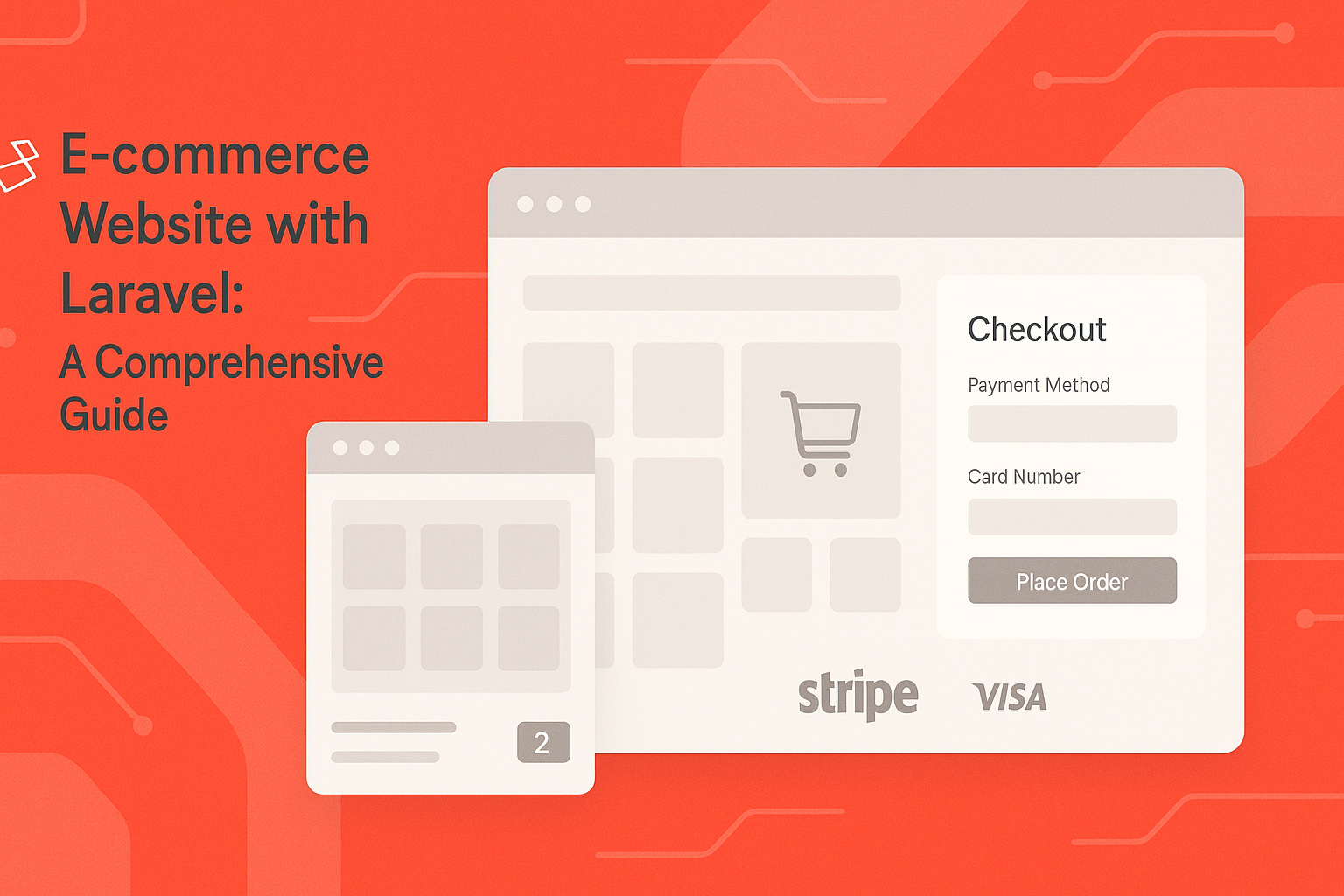Leveraging HTML Templates for Efficient Web Development

This is where HTML templates come in - a powerful tool that simplifies and accelerates the website creation process. This article delves into the advantages of using HTML templates and the key steps to implement them effectively.
Understanding HTML Templates
HTML templates are pre-coded HTML snippets that serve as a framework for web pages. They're customizable and reusable, making it possible to maintain a consistent design across your website without the need to code each page from scratch. These templates can range from basic layout structures to complex designs integrated with CSS and JavaScript.
Benefits of Using HTML Templates
HTML templates are crucial for various reasons, primarily revolving around efficiency, consistency, and professionalism.
Efficiency
HTML templates are a massive time saver. By eliminating the need to code every webpage from scratch, developers can focus more on customization and unique features.
Consistency
Maintaining design consistency across a website can be a challenging task. HTML templates act as the cornerstone of consistency, ensuring that every page adheres to your brand's design and style guidelines.
Professionalism
With a wide array of professional HTML templates available, you can create visually appealing, well-structured, and user-friendly websites that effectively serve your business goals.
Implementing HTML Templates: A Step-by-Step Guide
Implementing HTML templates involves a simple process:
Select the right template: Start by browsing through various HTML templates that align with your website's goal and aesthetic. Pay attention to the template's structure, ease of navigation, and visual appeal.
Download and extract the template: After selecting a suitable template, download and extract it onto your local system. Familiarize yourself with the file structure and the included HTML, CSS, and possibly JavaScript files.
Customize the template: This is where you make the template truly yours. Edit the HTML files to include your content, such as text, images, and videos. Modify the CSS to match your brand's colors, fonts, and style.
Test your website: Before deploying, test your website across different devices and browsers to ensure that it functions properly and maintains its design integrity.
Conclusion
HTML templates are an indispensable tool in the modern web development toolkit. By implementing them effectively, businesses can expedite the development process, maintain design consistency, and achieve a professional look and feel. With the right HTML template, your dream website is just a few customizations away.
Remember, while HTML templates simplify the web development process, SEO best practices are integral for enhancing your website's visibility. Incorporate keyword-optimized content, ensure mobile-friendliness, optimize loading speed, and provide a seamless user experience to climb the search engine rankings and reach your target audience effectively.



